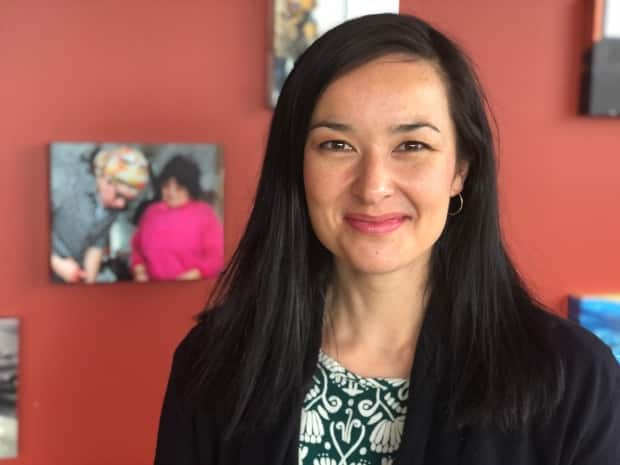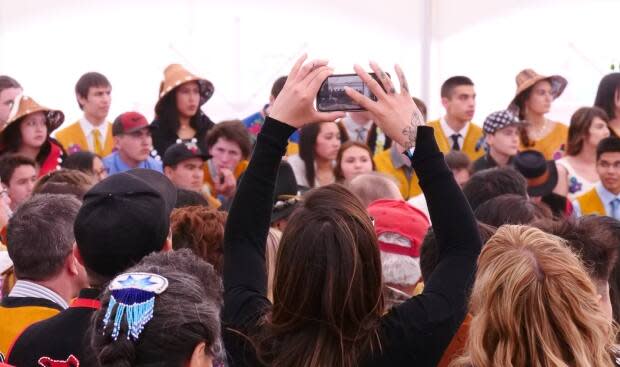Education Directorate aims to turn things around for Yukon Indigenous students

High schools across Yukon will be holding graduation ceremonies early next month. But not all students taking part will actually receive a diploma.
The Yukon First Nation Education Directorate (YFNED) has been studying the successes and challenges of Indigenous students in the education system. The organization was established last year to help the territory's First Nations assume more control over education.
Data from Yukon's Department of Education show First Nations students have lower rates of success than non-First Nations students. Attendance rates, graduation rates, and results on standardized tests all tend to be lower for Indigenous students in Yukon.
YFNED says the numbers are alarming.
"It's disheartening. But I'm an optimist. We have to ask the hard questions of why, and then put the measures in place," says Melanie Bennett, the organization's executive director.

According to YFNED, only 40 per cent of First Nation students entering Grade 1 will go on to graduate high school.
YFNED says absenteeism has been a big problem. The pandemic has been an issue, but there are other factors as well.
"We have a significant population of students that are missing more than 80 days in the school calendar year. And when you only have 190 days in the school calendar year, that's a lot of time," said Bennett.
"Why are they not showing up at school? It could be disengagement, there could be a myriad of factors from some of the policies that are in place, the school calendar crossing when we have traditional hunting times."
YFNED has been working with Yukon's Department of Education and other organizations to provide programs to help Yukon First Nations students.
But seeing the hard data, Bennett says more needs to be done.

Lindsay Moore is an analyst with the YFNED. She has been studying education data over the last five years.
"Yukon First Nations students will miss about twice as much school over K to 12, than our non-First Nation students — and that adds up to about two years missed, from K to 12," says Moore.
Bennett says over the last five years, about half of First Nation students graduated with enough credits to go on to university or college. The other half had lower rates of success than non-First Nation graduating students.
Bennett says it's going to take time, but the YFNED is doing everything it can to turn the statistics around.

